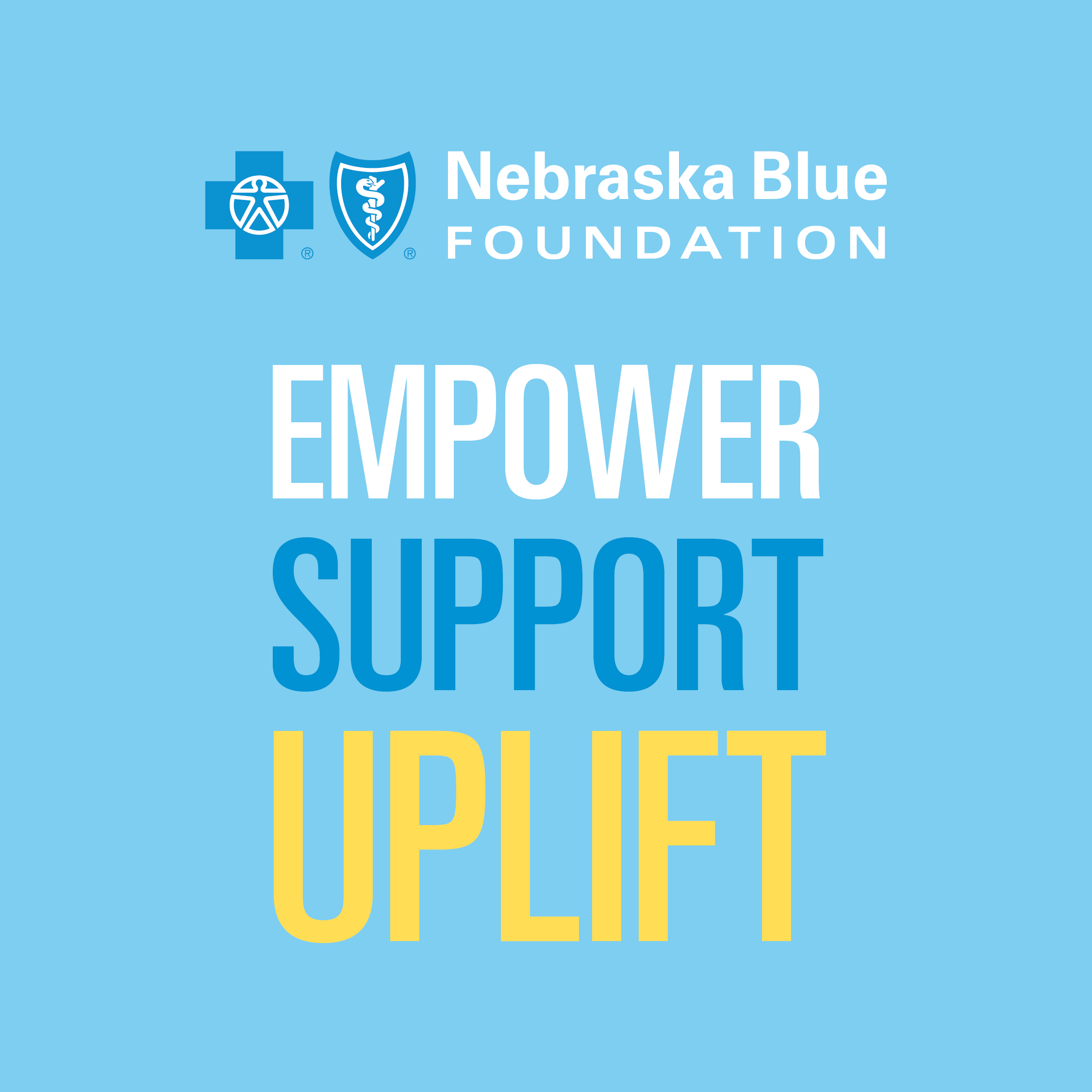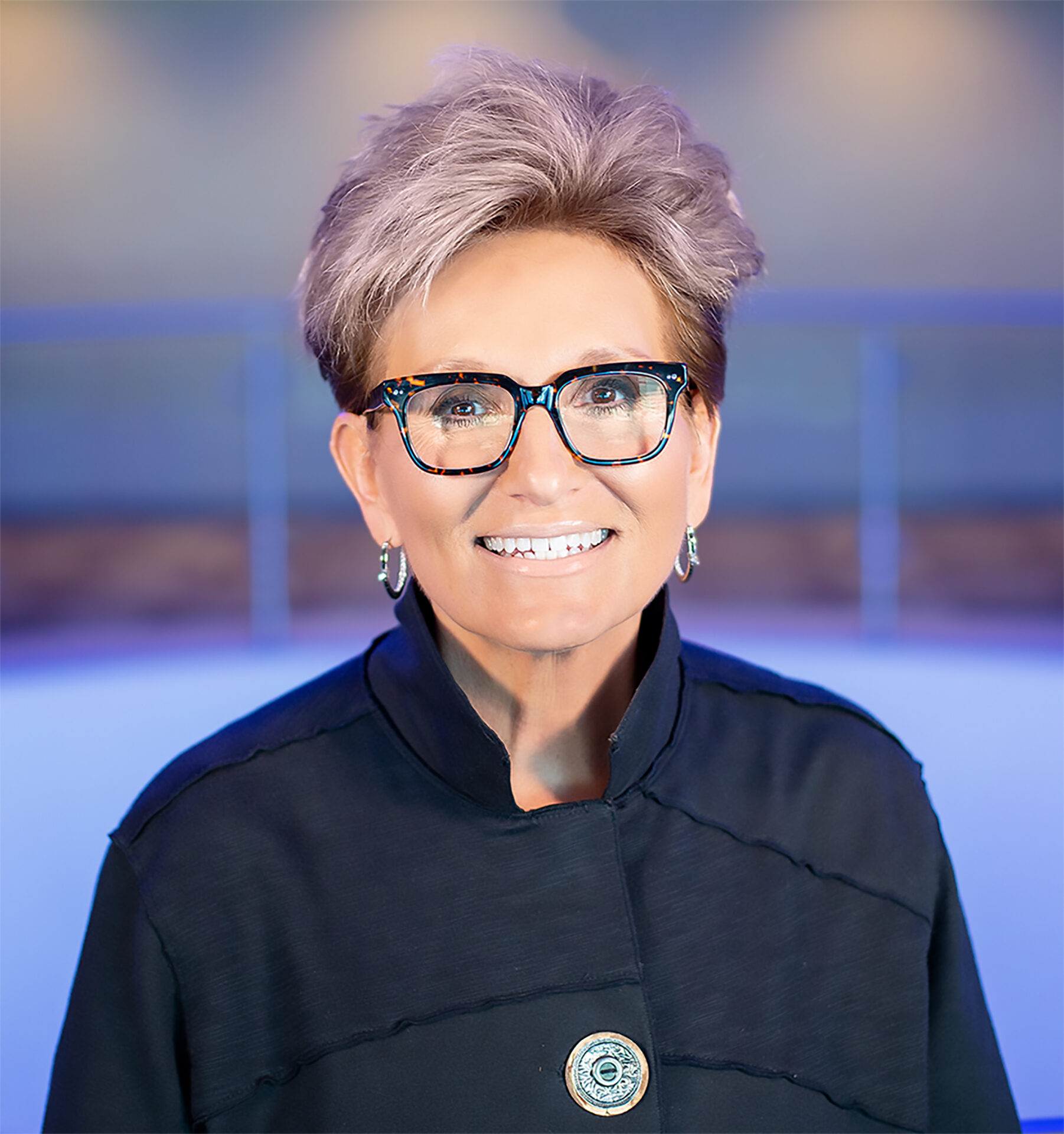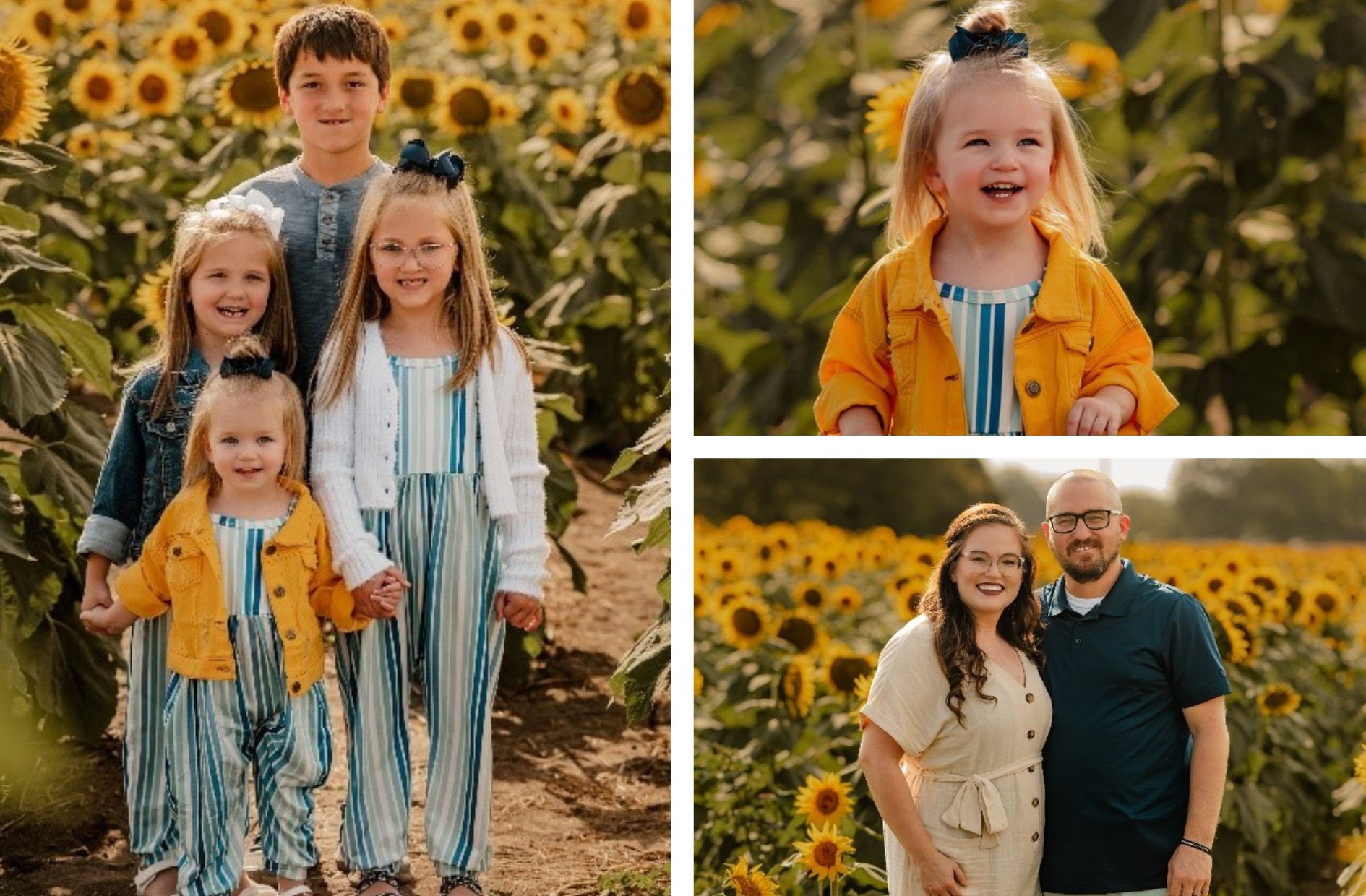Three tones on a cellphone mark the start of a 30-minute “sit” at The Center for Mindful Living in Dundee. The scent of lavender, rich and soothing, hangs in the air as those gathered – some in chairs, others on the floor – give full focus not to the past or to the future but to the present. Minds might stray during the half-hour and that’s OK because recognizing you have drifted is, itself, an act of mindfulness.
“For many, mindfulness practice is an essential way of decreasing stress, maintaining wellness and finding balance in the face of life’s difficulties,” says Laura Crosby, a meditation instructor with The Center for Mindful Living.
Jon Kabat-Zinn, founder of mindfulness-based stress reduction, coined the most mainstream definition: “Mindfulness means paying attention in a particular way: on purpose, in the present moment and non-judgmentally.”
If it seems you’ve been hearing the term more and more lately, you have – and for good reason. A growing body of evidence suggests that spending more time embracing the present – recognizing exactly what is happening in our moment-to-moment experience – can lead to a healthier future. You’re not too old to open your mind to the concept.
“For a mature audience, mindfulness can be an especially helpful practice for relating skillfully to life changes, aging and chronic pain,” Crosby says. “Like any age group, this audience is also likely to find that mindfulness influences their stress and anxiety levels, relationship satisfaction, happiness or contentment, working memory and brain function, compassion and self-compassion, resilience and overall health.”
Better yet, mindfulness is more accessible and approachable in the United States than ever before. A virtual explosion of apps, podcasts, websites, online courses and audio books – all easily available and relatively affordable – give more people ways to learn and practice mindfulness.
Back at The Center for Mindful Living, three more tones on the cellphone signal the end of the morning’s 30-minute sit. Eyes open, gratitude is given for the time and thoughts turn to the next set of moments ahead – only with a bit more clarity than before.
TRY IT AT HOME
If you’re ready to explore mindfulness, meditation instructor Laura Crosby offers these tips:
1. Experiment with a mindfulness talk or guided practice using a podcast (10% Happier with Dan Harris, Mindfulness Mode with Bruce Langford, The Rubin Mindfulness Meditation, and Untangled) or an app (The Mindfulness App, Headspace, Calm, and Smiling Mind).
2. Read a book. Titles you might like: Seeking the Heart of Wisdom: The Path of Insight Meditation; Hardwiring Happiness; Wherever You Go, There You Are; Meditation for Beginners.
3. Visit a local mindfulness organization. Options in the Omaha area include:
• The Center for Mindful Living, which provides mindfulness training and support through workshops, events, classes, study groups and a variety of contemplative practices.
• Wisdom House Collaborative, a local nonprofit supporting and growing Omaha’s mindfulness community.
• Mindfulness Outreach Initiative, which offers Insight Meditation instruction through weekly classes, group sits, retreats, courses and study groups.
4. Practice at home. Crosby outlines this mindfulness exercise for beginners: “Take three mindful breaths before falling asleep at night and/or before rising in the morning. Gently rest your attention on your breath – wherever you feel it most, perhaps the tip of the nose, the back of the throat, the rise and fall of the chest, the belly. Anchor on the sensations of the breath, knowing you’re breathing in and knowing you’re breathing out. When the attentions wander and you realize it, you can know that you are doing the practice just right and gently return the attention to resting on the breath.”






